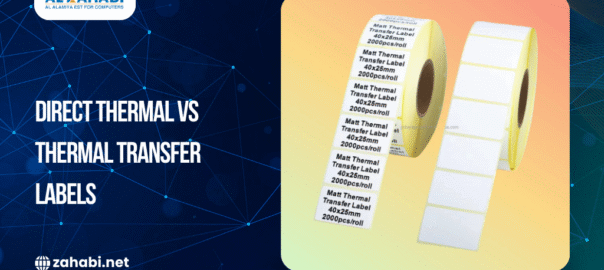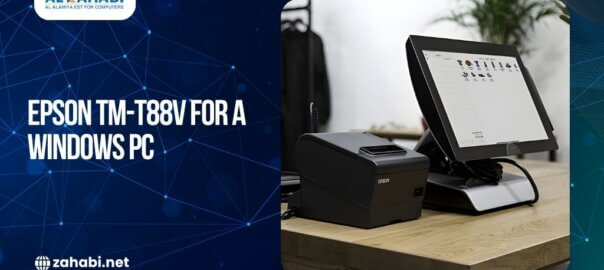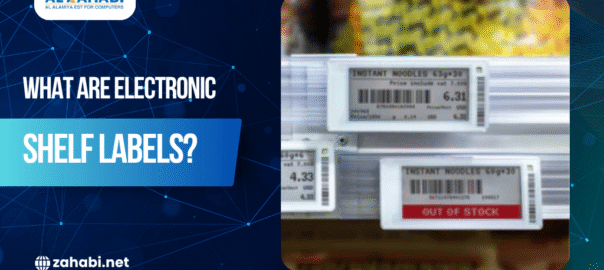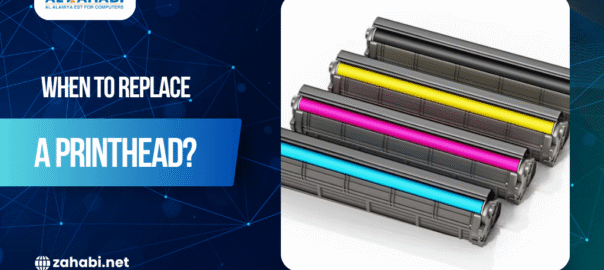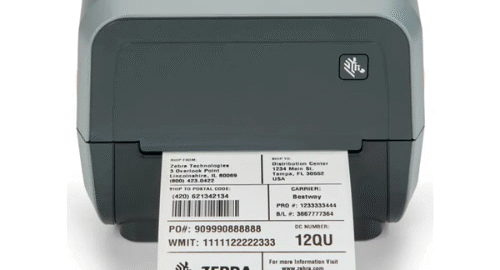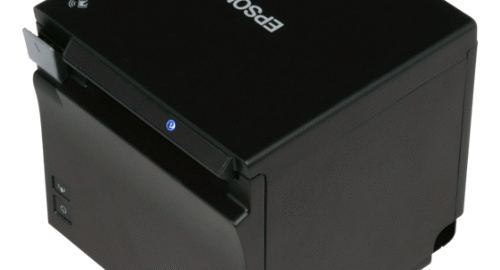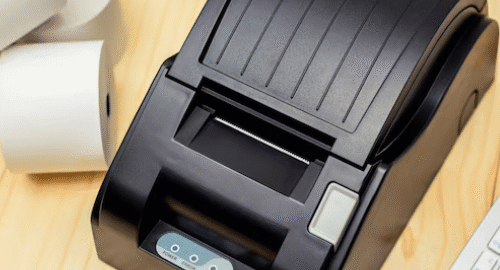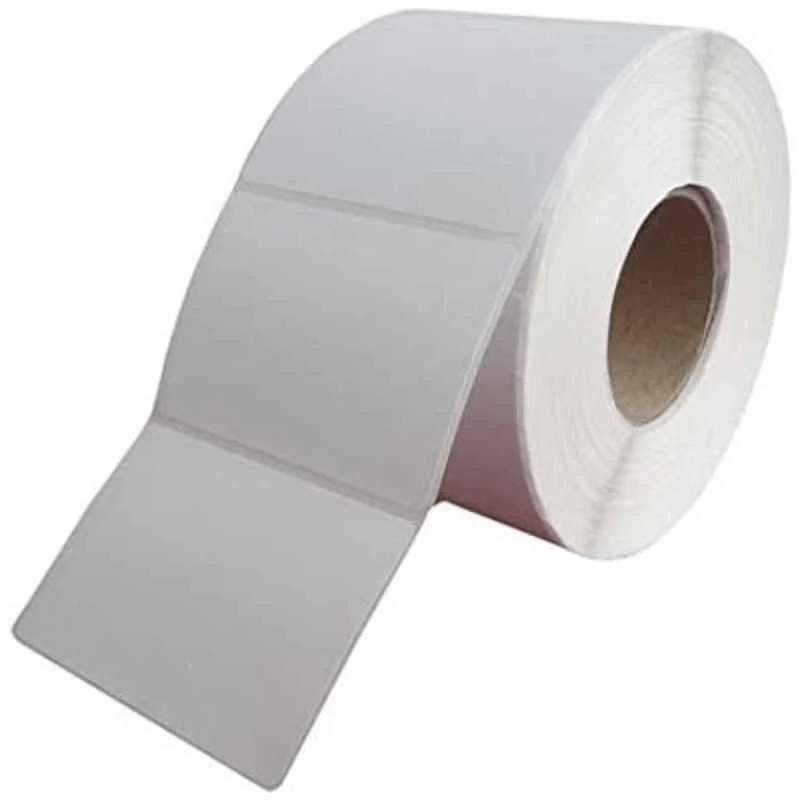
A barcode is an electronic symbol that can be read using laser or image technology. It is utilized for encoding identification information- key identifiers including product, shipment, location, etc., and key attributes like serial numbers, batch/lot numbers, and dates, and so on -using GS1 syntaxes plain, GS1 element string and GS1 Digital Link URI.
Barcodes play a key role in supply chains, enabling parties like retailers, manufacturers, transport providers and hospitals to automatically identify and track products as they move through the supply chain.
The Main Types of Barcodes
There are some different barcode symbologies. These fall into one of a few main categories:
- Numeric-only barcodes
- Alpha-numeric barcodes
- 2-dimensional barcodes
Numeric-only barcodes, as the name goes, are simply barcodes consisting only of numbers. Alpha-numeric barcodes consist of a combination of numbers and alphabetic characters or letters. These two are part of the class of one-dimensional barcodes. The other type of barcode is two-dimensional, meaning 2D barcodes. They take the shape of squares or rectangles with many tiny dots in a particular pattern.
The most important advantage of 2D barcodes is that they are capable of holding such enormous amounts of data in very small space, and they can easily be read even if printed or etched onto the product with a very small size. 2D barcodes have various applications from manufacturing to warehousing with regards to logistics and also in healthcare. A QR code is one type of 2D barcode that many people have experienced.
How Many Kinds of Barcodes Exist?
Because there exist hundreds of scanners and barcode printers, it could easily be that there are hundreds of different configurations of barcode available. The possibilities for customization have been tailored to meet specific needs and workflows in operation in particular industries around the world. As most barcodes are used to move items between locations, organizations and systems some standardization has had to occur. Around 30 major barcode formats are in prevalent usage today based on the linear numeric, linear alpha-numeric, and 2-dimensional designs. Major formats have, of course, witnessed adoption in particular applications that can avail themselves of the specific qualities of those formats. global tracking with barcode formats.
Let’s explore the key standards for barcode labels and how businesses can ensure they meet these regulations using the right barcode printer and design.
1. International Barcode Standards
The most widely recognized standards for barcode labels are set by international organizations, such as the International Organization for Standardization (ISO) and the Global Standards One (GS1). These organizations have developed guidelines for barcode symbologies, print quality, and scanning efficiency to ensure uniformity in the use of barcode systems worldwide.
- GS1 Standards: GS1 is the global authority for setting standards in barcode labeling, and its guidelines are widely used in retail, healthcare, and logistics. The GS1 standards define how barcodes should be structured, printed, and positioned on products. For example, GS1-128 is commonly used in supply chains for product identification and data encoding, while the UPC (Universal Product Code) is standard in retail for point-of-sale systems.
- ISO/IEC 15415 & 15416: These standards govern the quality of printed barcode labels, ensuring they can be easily read by scanners. ISO/IEC 15416 focuses on linear barcode symbologies like Code 39 and Code 128, while ISO/IEC 15415 addresses two-dimensional (2D) barcodes like QR codes.
2. Barcode Label Design
To meet international barcode standards, businesses must pay attention to label design. Elements like barcode size, quiet zones, and color contrast are essential for readability and compliance.
- Barcode Size: The size of a barcode label should be proportional to the packaging and must ensure high readability. Certain industries, such as retail, may have specific sizing requirements that must be followed.
- Quiet Zones: A quiet zone is a clear area around the barcode that helps scanners distinguish the barcode from other printed material. Standards like GS1 recommend at least a 10x margin around the barcode for quiet zones.
- Color Contrast: Barcodes require high contrast between the background and the bars for scanning devices to read them accurately. Typically, dark bars on a light background are recommended.
3. Barcode Printer Standards
To ensure barcode labels meet the required standards, it is essential to use a high-quality barcode printer. A good barcode printer should offer precision in print quality, support various barcode symbologies, and ensure durability for labels that need to withstand wear and tear.
- Print Resolution: For barcodes to be clear and readable, the print resolution should be high. Most barcode printers offer a resolution of 203, 300, or 600 dpi (dots per inch). Higher resolution is particularly important for small barcodes, as it ensures sharpness and detail.
- Thermal Printing: Thermal barcode printers, which use either direct thermal or thermal transfer technology, are commonly used in industries like logistics and retail. These printers provide high-quality prints that are long-lasting and resistant to environmental factors.
4. Compliance and Industry-Specific Standards
Different industries have additional standards for barcode labeling. For example, in the pharmaceutical sector, the FDAmandates the use of Unique Device Identification (UDI) barcodes for medical devices. In logistics, standards like EAN-13 are prevalent for global product identification.
Wrapping-up
To ensure smooth operations and compliance, businesses must adhere to these barcode label standards. Whether you’re in retail, healthcare, or manufacturing, investing in the right barcode printer and following the standards for barcode design, size, and symbology can significantly improve your supply chain efficiency.

